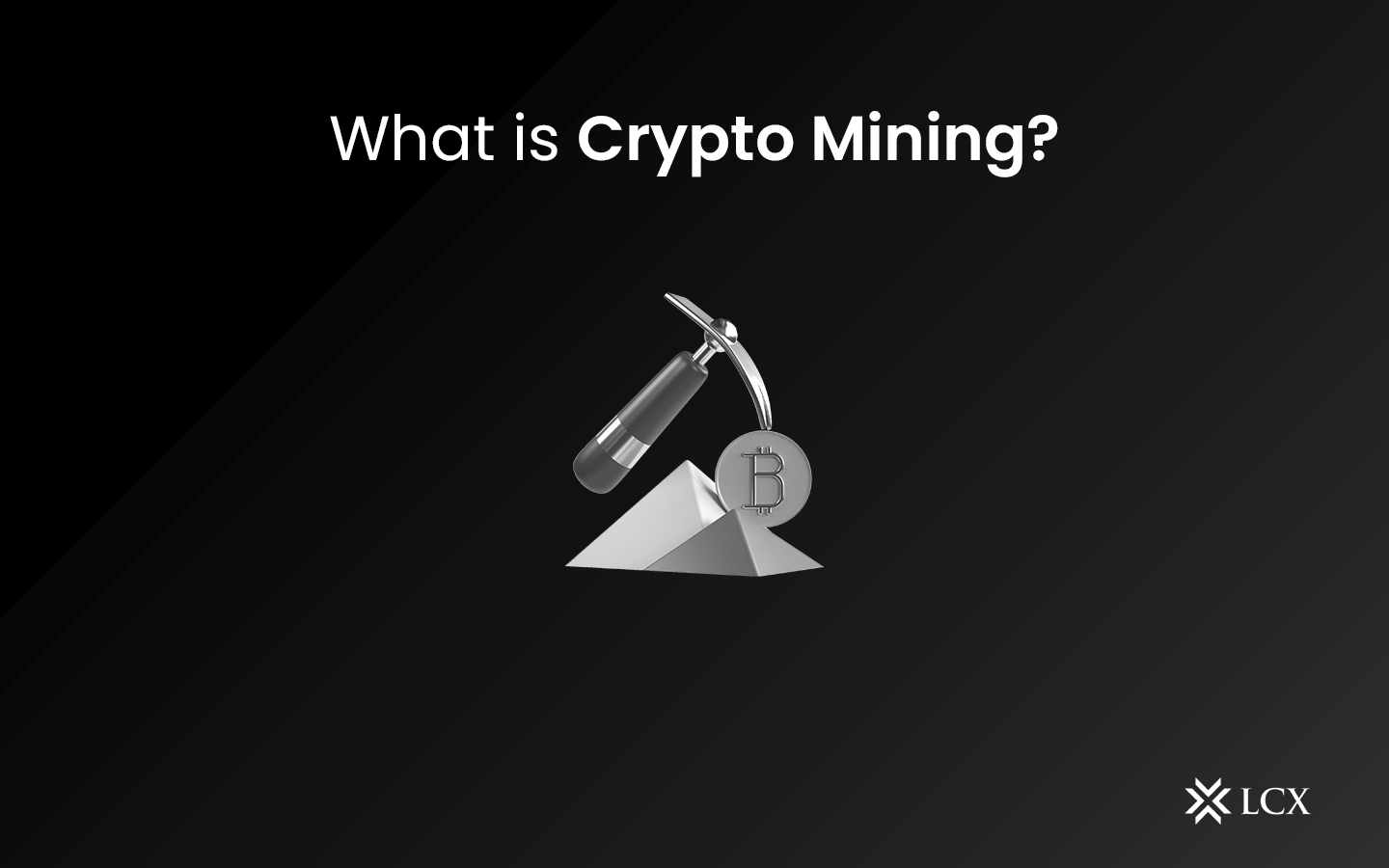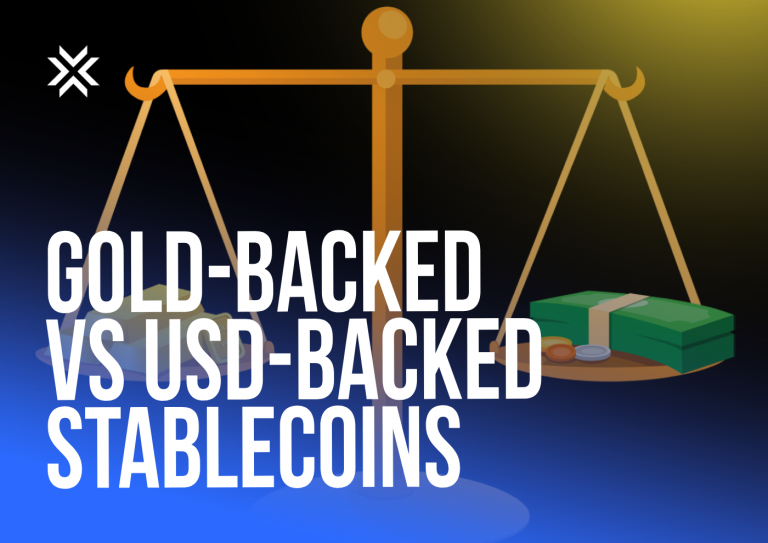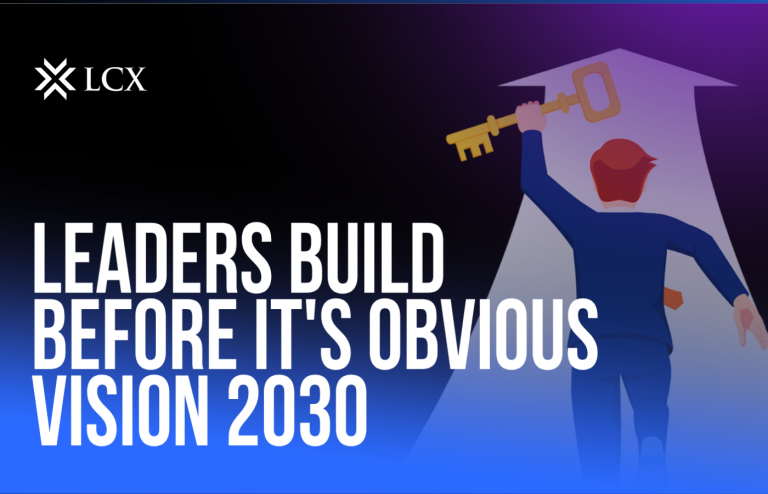As per CoinMarketCap, the world’s current cryptocurrency market capitalization is 1.89 trillion USD, representing a 52.45 percent increase in the previous 24 hours with a market volume of 95.46 billion USD.
With this statistic the curiosity of the crypto community and the people who wish to enter this space but somehow, due to lack of knowledge and fear of volatility, take a back seat, is rising dramatically. People want to know how all of the crypto space works and how this thing is gaining popularity and rising. All questions have answers. You just need to click on LCX insight.
In this article, we will be talking about what crypto mining is and how it works because that’s what most people want to know. So let’s start!
Mining is the process by which Bitcoin and other cryptocurrencies create new coins and validate new transactions. It entails vast, decentralized networks of computers all over the world verifying and securing blockchains – the virtual ledgers that record cryptocurrency transactions. Computers on the network are compensated with new coins in exchange for making a contribution to their processing power. It’s a virtuous circle: miners keep the blockchain secure, the blockchain awards coins, and the coins include an incentive for miners to keep the blockchain secure.
Why are Bitcoins required to be mined?
Mining is the system that Bitcoin employs to create new Bitcoins as well as authenticate pre-existing ones. If no one validated transactions, the blockchain’s decentralized nature could permit fraudsters to spend Bitcoins and other cryptocurrencies multiple times at the same time. Utilizing mining to verify transactions, on the other hand, prevents fraud and increases user trust in the cryptocurrency.
Is it profitable to mine Bitcoin?
What motivates people to mine Bitcoin? Because it can be lucrative if you earn more than you spend on mining. However, your profit is determined by a variety of factors, including the initial cost of equipment and ongoing operating expenses such as electricity.
How much money do Bitcoin miners make?
What can you earn in exchange for these expenses? You actually receive 6.25 Bitcoins for each successfully validated and added block to the blockchain. But be warned: this amount is roughly halved every four years or so! 6.25 Bitcoins were worth approximately $222,800 USD in December 2021—not a bad payday if you can beat the competition to validate the block first!
How does mining work?
Mining cryptocurrencies necessitates the use of computers equipped with specialized software designed to solve complex cryptographic mathematical equations. In the early days of the technology, cryptocurrencies such as Bitcoin could be mined using a normal CPU chip on a home computer. Nevertheless, due to increasing difficulty levels, CPU chips have become unrealistic for mining most cryptocurrencies over the years.
Today, mining crypto necessitates the use of a specialized GPU or an ASIC (application-specific integrated circuit) miner. Moreover, the GPUs in the mining rig must always be linked to a reliable internet connection. Each crypto miner really should become a member of a crypto mining pool online.
What else?
- Customized computers perform the calculations needed to validate and record each new bitcoin transaction, as well as to ensure the blockchain’s security. Verifying the blockchain necessitates a massive amount of computing power, which miners voluntarily contribute.
- Bitcoin mining is similar to running a large data center. Companies buy mining equipment and pay for the electricity essential to keep it running (and cool). For this to be lucrative, the value of the coins earned must be greater than the cost of mining those coins.
- How does it drive miners? The network organizes a lottery. So on the network, each computer competes to be the one to guess a “hash,” which is a 64-digit hexadecimal number. The quicker a computer can generate guesses, the more likely it is that the miner will earn the reward.
- The winner receives a predetermined amount of newly minted bitcoin and upgrades the blockchain ledger with all newly validated transactions, thereby adding a newly validated “block” comprising every transaction to the chain. (This occurs every ten minutes on average.) The remuneration was 6.25 bitcoins as of late 2020, but it will be cut in half in 2024 and so every 4 years after that. In actuality, as the complexity of mining rises, the reward will continue to decrease until there is no more bitcoin to mine.
- There’ll never be more than 21 million bitcoins in existence. In theory, the final block should be mined in 2140. Miners will no longer be rewarded with newly issued bitcoins, but rather with the fees they charge for processing transactions from that point forward.
Conclusion
Mining is not only about releasing new coins; it authenticates and secures the blockchain. It even builds an incentivized atmosphere for miners that motivates them to contribute their computing power to this network.









